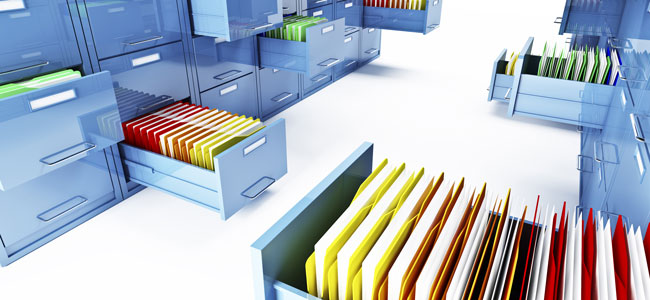Technical evolution for the Translation Industry
In today’s translation industry, we find many improvements that help the translation process to be delivered faster and more accurate.
We have many tools and applications which aid in the making of a translation, but the most useful are Translation Memory (TM) tools. By the word ‘Memory’ we understand that the TM tool consists of a database in which the previous translations are stored and which can be used by the human translator.
Translation Industry
With the translation industry being so large, many tools have been tested, and the best known and appreciated are Trados, Worfast, OmegaT, DéjàVu and SDLX.
With the innovations regarding TM tools, we can see more advantages such as:
- They are up to 40% faster which will reduce the time for delivery.
- With the support provided to the translator, these tools will make his/her work easier and faster, which means that prices are lower.
- With improvements in TM tools, you will get better quality and consistency by removing common mistakes, like bounced sentences. Extreme quality and consistency is also delivered in the case of judicial documents, where the equivalence of translation will be outstanding.
- Improvements in Quality Assurance (QA), which enables the delivery of much more complex and informative reports.
- These new versions enable the processing of formats from different DTP software programs or from web design files which help the translator’s work, making the project delivery faster.
These TM tools are made up of several parts like the parser which reads the files and converts them into numerations, the actual text and the internal code like the font typesetting; the segmenter which is actually the part that splits the text to be translated into segments; the fuzzy match engine which is considered the mathematical brain (its role is to find the closest match in the translation database by comparing words and strings of words at a time); and the GUI which has the role of making the entire environment useful to the translator.
The work is still completed by our translators, because these tools cannot detect mistakes arising from an incorrect understanding of the source text or an inappropriate choice of language register.
The Translation Memory tools that we use at Wapa Translations are SDL Trados, SDL Studio and Wordfast, first of all for the assistance offered to the translator, but also as Quality Assurance tools, considering the decrease in the number of mistakes they bring.
By combining our qualified native linguists with such technology, we are able to deliver to you high quality translation services at affordable prices faster than ever.
For your convenience, you can contact us 24 hours a day as we have 3 different shifts to cater for any time-zone. So contact us at [email protected] for your next contact with the translation industry.







